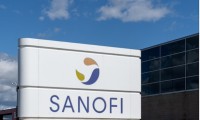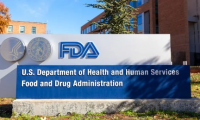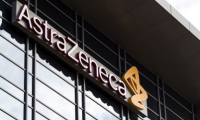-
GSK concludes Aiolos Bio acquisition for $1.4bn
- Source: drugdu
- 168
- February 20, 2024
-
Sanofi’s investigational frexalimab shows promise in relapsing forms of MS
- Source: drugdu
- 103
- February 20, 2024
-
Hengrui’s anti-IL-17A Vunakizumab marketing application for ankylosing spondylitis indications accepted
- Source: drugdu
- 195
- February 20, 2024
-
Dragonfly and Gilead enter partnership for cancer therapy
- Source: drugdu
- 172
- February 19, 2024
-
Regeneron and Sanofi’s Dupixent bags fifth drug label in Japan
- Source: drugdu
- 152
- February 19, 2024
-
Otsuka wins FDA breakthrough therapy designation for IgAN drug
- Source: drugdu
- 90
- February 19, 2024
-
US lawmakers urge administration to take action against Wuxi
- Source: drugdu
- 106
- February 16, 2024
-
Electrochemical Sensors with Next-Generation Coating Advances Precision Diagnostics at POC
- Source: https://www.labmedica.com/clinical-chemistry/articles/294800220/electrochemical-sensors-with-next-generation-coating-advances-precision-diagnostics-at-poc.html
- 124
- February 14, 2024
-
FDA grants breakthrough status to J&J’s nipocalimab for HDFN
- Source: https://www.pharmaceutical-technology.com/news/fda-breakthrough-jj-nipocalimab/?cf-view
- 111
- February 14, 2024
-
AstraZeneca posts 81% rise in FY 2023 profit after tax
- Source: https://www.pharmaceutical-technology.com/news/astrazeneca-fy-2023-profit-after-tax/?cf-view
- 175
- February 12, 2024
your submission has already been received.
OK
Subscribe
Please enter a valid Email address!
Submit
The most relevant industry news & insight will be sent to you every two weeks.













